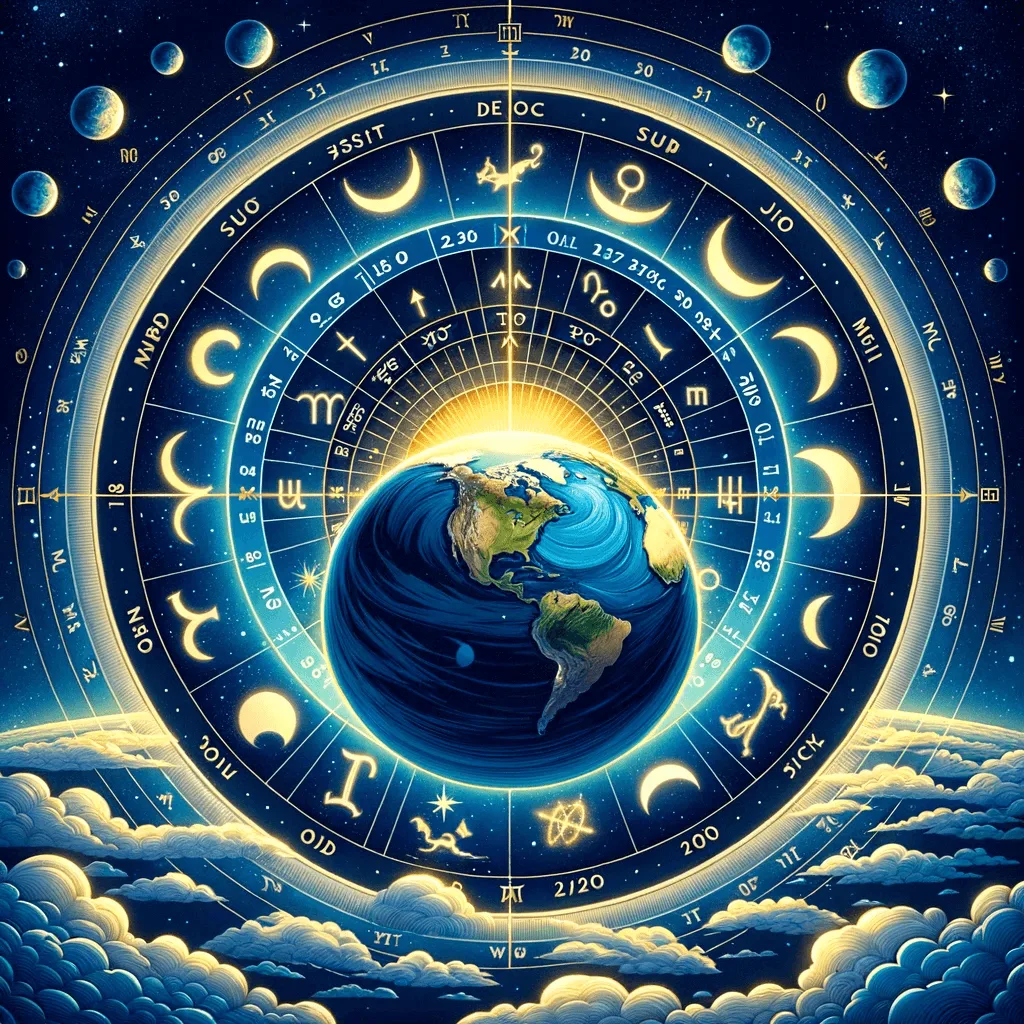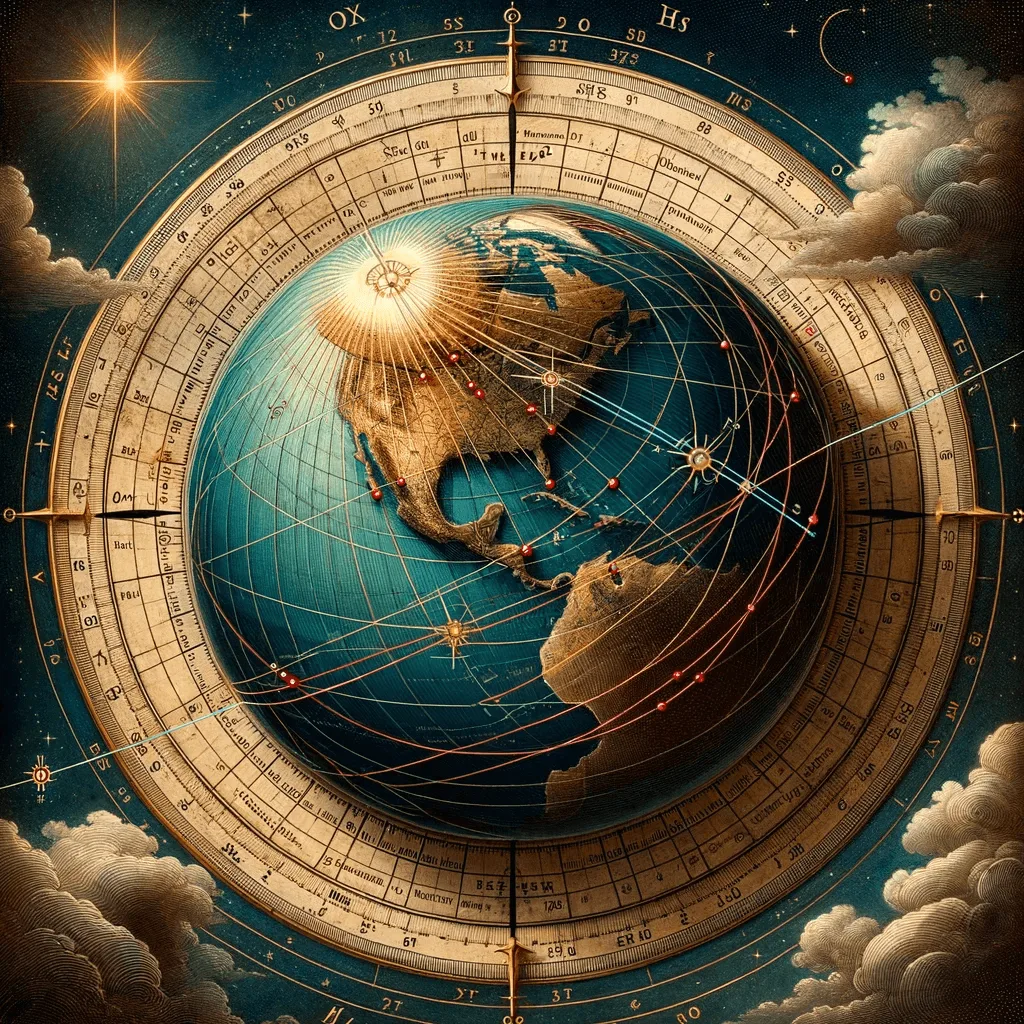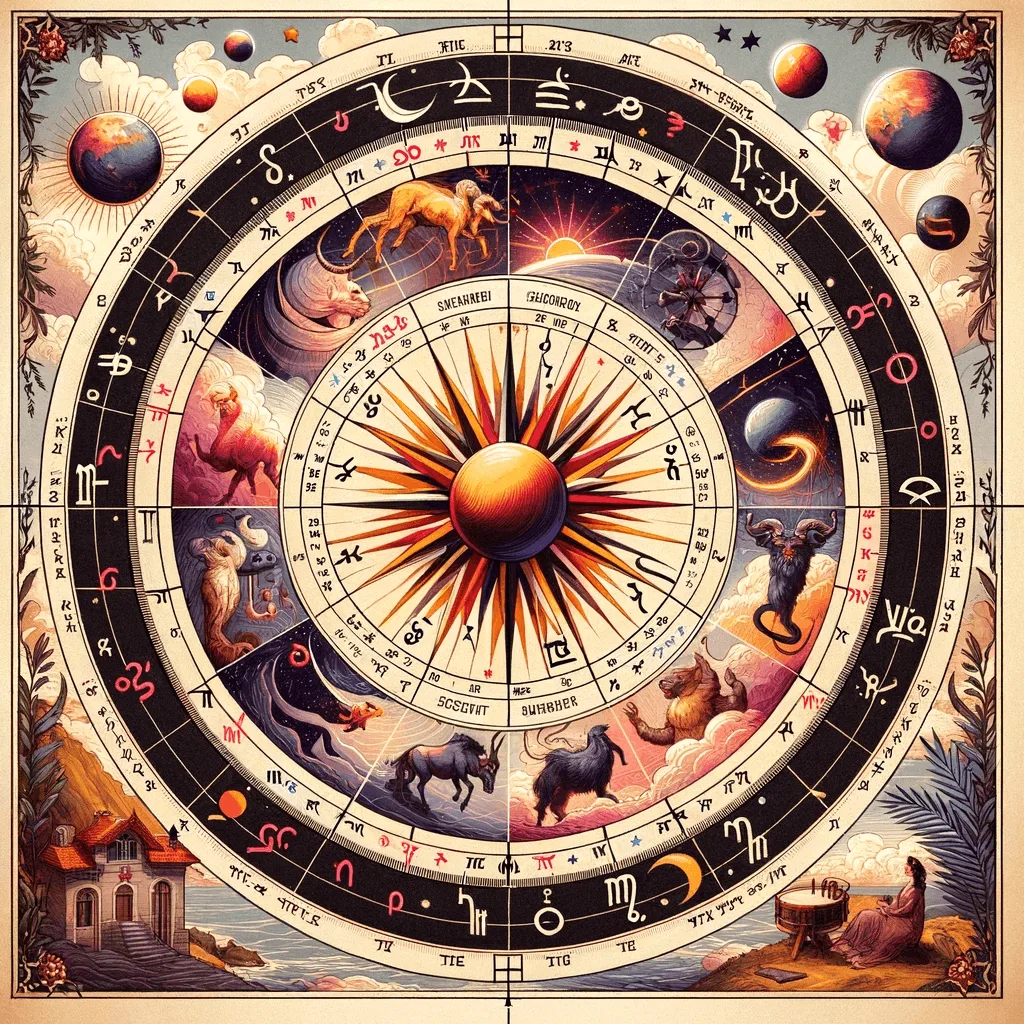
The Ascendant in Astrology: A Dynamic Marker
The Ascendant, commonly referred to as the Rising sign, is one of the most vital points in the natal horoscope. But what is it that makes the Ascendant so dynamic, and how does it change?
article by Priya Deshmukh
The Earth's Rotation and the Horizon The Earth completes a rotation approximately every 24 hours. This rotation means that the entire zodiac, divided into twelve signs, passes over the horizon in a single day. Consequently, a new zodiac sign emerges on the eastern horizon roughly every two hours. This consistent rotation and change are what dictate the sign that is "rising" at any given moment – hence, the term 'Rising sign'.

The Mathematical Calculation
Calculating one's Ascendant isn't merely a matter of dividing the day by twelve. The Earth's axial tilt and the elliptical shape of its orbit around the Sun mean that not all zodiac signs rise for an exact two-hour duration. In higher latitudes, some signs might barely rise at all, while others dominate the horizon for extended periods.
The Ascendant's Astronomical Significance
The Ascendant holds astronomical importance. It marks the intersection between the plane of the Earth's equator and the plane of the ecliptic (the apparent path the Sun takes around the Earth). The exact degree and sign that this intersection occupies at any given time, when observed from a specific location on Earth, determines the Ascendant at that moment.

Impact On The Birth Chart
In astrology, the Ascendant is the cusp of the first house, the 'house of self'. As such, the sign that occupies this position provides insights into a person's initial reactions, physical appearance, and how they present themselves to the world. It's a dynamic point in the birth chart, adding layers to a person's sun sign and offering a more comprehensive portrait of their character.
The Rapid Shift: A Phenomenon To Consider
For individuals born within the same time frame but in different locations, their Ascendants can differ significantly. This rapid shift underscores the importance of an accurate birth time and location when casting a natal chart. Even a difference of a few minutes can change the Ascendant's degree, offering a nuanced interpretation.

While astrology often delves into the realms of character analysis and prediction, the Ascendant's ever-changing nature roots it firmly in the mechanics of our universe. It's a beautiful interplay of celestial movement and personal interpretation, showcasing that even within the mystical, there exists a foundation of science.
Published: 10/25/2023
Modified: 10/25/2023
More predictions
Come back here soon to learn more about yourself and your future


The Influence Of Astrological Houses
The intricate labyrinth of astrology extends far beyond the twelve zodiac signs, entwining its mystical tendrils into the deeper aspects of our lives and personas. In this celestial journey, the twelve astrological houses, each representing a distinctive aspect of our life and being, form an integral strand, sculpting our experiences, relationships, endeavours, and our intrinsic self.


Astrological Pursuits: Who Studies The Stars
Astrology, with its esoteric symbols and celestial calculations, unfurls a vast universe where the cosmic and earthly realms entwine, crafting narratives of destiny, character, and timing. But who shoulders the responsibility of deciphering such a complex, mystical field? Let’s dive deeper in ventures beyond a simple answer, uncovering a world populated by a diverse array of scholars, enthusiasts, and spiritual seekers.